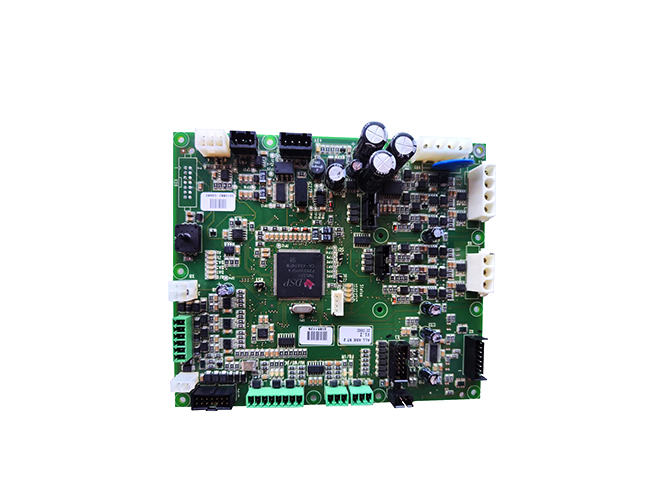-
CN
-
Service Hotline
+8618129931046 Mr. Liao


Time:2025-07-10 Views:1

The high-precision circuit exposure process is a crucial and highly technical step in the manufacturing of Flexible Printed Circuit (FPC) boards. This process determines the accuracy and quality of the electrical circuits on the FPC, directly affecting its performance and functionality.
At the core of the high-precision circuit exposure process is the use of photolithography technology. First, a photoresist layer is evenly coated on the surface of the FPC substrate. The photoresist is a light-sensitive material that changes its solubility when exposed to light. Then, a photomask with the desired circuit pattern is placed over the photoresist-coated substrate. High-intensity ultraviolet (UV) light is projected through the photomask, selectively exposing the photoresist. The areas of the photoresist that are exposed to light undergo a chemical reaction, altering their solubility properties.
For high-precision exposure, several key factors need to be strictly controlled. The alignment accuracy between the photomask and the substrate is of utmost importance. Even a tiny misalignment can lead to errors in the circuit pattern, resulting in faulty connections or short circuits. Advanced alignment systems, such as optical alignment and laser alignment, are employed to ensure that the photomask and substrate are precisely positioned.
The quality of the light source also significantly impacts the precision of the exposure. Uniform light intensity distribution across the exposure area is necessary to ensure consistent exposure of the photoresist. Modern exposure systems often use high-quality mercury lamps or LED light sources with precise optical focusing systems to achieve this.
In addition, the environmental conditions during the exposure process, including temperature, humidity, and cleanliness, must be carefully monitored. Any dust particles or contaminants in the air can cause defects in the exposed pattern. Therefore, the exposure process is typically carried out in a cleanroom environment to minimize the risk of contamination.
The development process after exposure is also critical. The exposed photoresist is then treated with a developer solution. The areas of the photoresist with changed solubility properties are dissolved, revealing the underlying substrate. This forms the precise circuit pattern that will be used for subsequent processes such as electroplating and etching to create the electrical circuits on the FPC board.